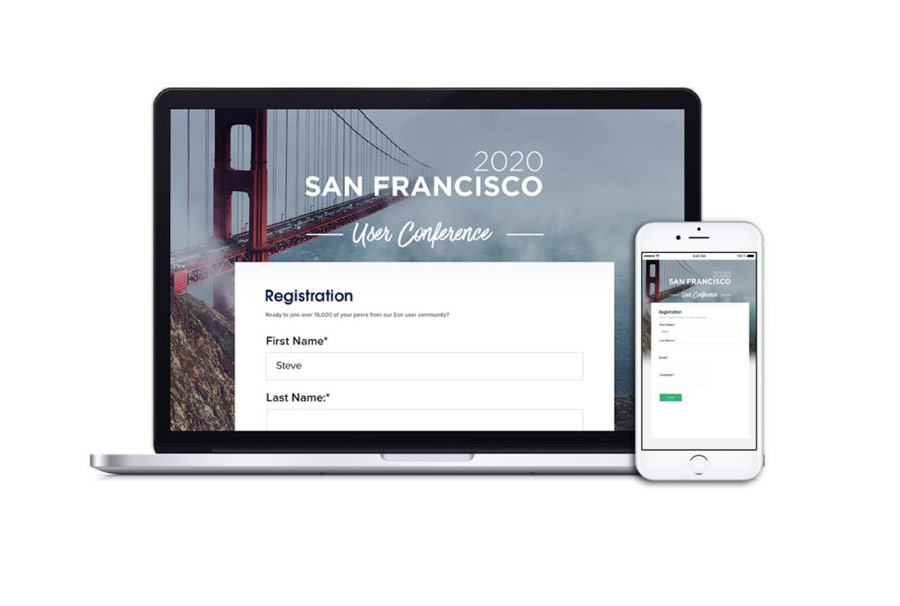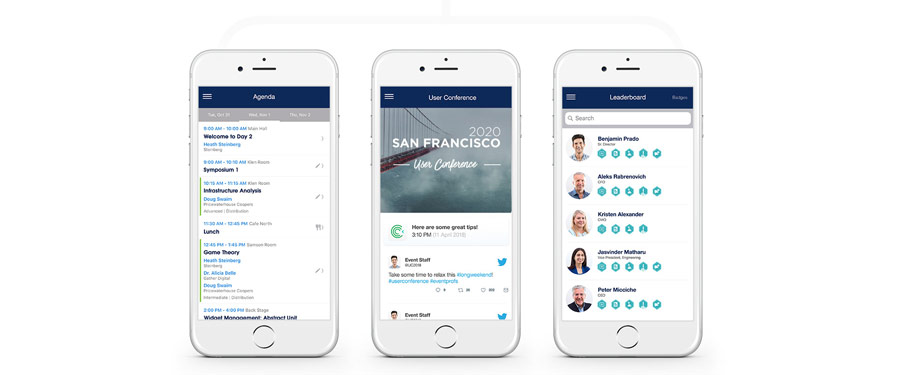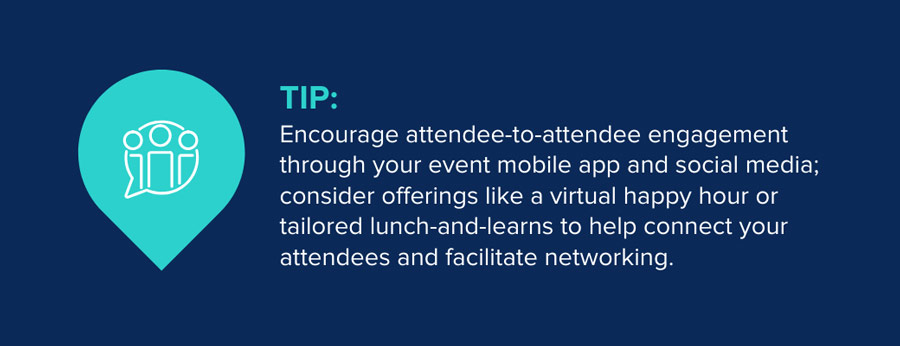As we make our way through what can best be described as a truly uncertain spring events season, one thing is becoming clear to many of us: we miss getting together. Family and friends, birthdays and dinner parties of course are at the top of the list. But opportunities to gather with your colleagues, clients or potential clients, be it in small groups or large, in convention centers, conference rooms or the hotel lounge after hours – it’s safe to say we’re also missing these opportunities to connect.
Thankfully we live in a time when we can act quickly to shift gears and find ways to still share information, get some face time, and go digital for our events. But with this shift to digital comes a number of challenges, particularly when it comes to engaging our audiences.
The question facing so many event professionals is how to replicate that invaluable energy of a face-to-face event. Let’s all raise our hands and admit that the simple truth is, well, you can’t. And that’s okay — that’s the power of human connection. But that doesn’t mean you’re out of options or have to start from scratch to get your attendees excited, engaged and interacting with your events.
Here are just a few ideas to consider for driving attendee engagement for your digital events:
Stay Truly Connected
The key to successful digital event engagement is meaningful interaction with your attendees – before, during and after the event – in order to maximize their experience, and meet and surpass your business objectives.
A couple of tools that are proven to deliver:
Your event website & registration forms
A fully branded event website should be your attendee’s primary source of information. This is where you’ll offer a fully branded, cohesive experience for your attendees to access details on agenda, speakers, sessions, networking and updates.
From here the engagement journey begins. It starts with the registration form, where you can tailor any amount of questions to gather valuable information on your attendees — from job role to interest and pain points. This will help to inform personalized communications like session, content or product recommendations based on your attendees’ responses.
Certain’s registration forms employ custom logic to identify attendee type, goals, interests and actionable buying signals. This allows you to finely tune the experience for each individual and to offer relevant, personalized content and notifications before, during and after the event. Moreover, by standardizing registration forms across multiple events and developing a pick list of questions for your attendees, you can ensure that you’re capturing the exact quality data that you seek to help drive marketing segmentation and personas.
Your mobile app
Here’s where the magic happens. An event mobile app not only encourages engagement and collaboration, also allows you to capture insightful attendee engagement data.
Certain’s event mobile app, Touchpoint, offers in-app messaging, live polling, surveys, a social wall, second-screen capabilities and more. Messages can be pre-scheduled to be sent throughout the event. And Touchpoint’s private-messaging capability allows attendees to stay connected to one another entirely within the app – no need to exchange phone numbers or email addresses.
Proven Strategies
In planning for your digital event, you want to use most of the same strategies that you deploy for your live events.
- First, create a compelling brand for your event that’s tied to both your corporate brand and the theme of your event.
- Next, discuss with your teams who you want to attend – their role and level within their organization – and what their motivations will be for coming. Market and map your event accordingly.
- Kick off your presence and promotion on social media from the moment you announce your event. There’s a reason why 74% of event planners list social media as the most effective tool for event marketing: it’s a great way to build buzz. From the outset, invite your attendees to connect, engage, and share what they hope to gain from the experience.
- Then drop regular, customized updates. Having gained insight into each guest from your registration forms, you can now guide them toward speakers or sessions you think will be of particular interest.
- Throughout your digital event – just as with your live events – conduct contests and offer giveaways. Fully leverage those mobile app capabilities – the live polling, the surveys. Encourage your guests to share photos on your event’s social wall.
- And after the event, stay in touch – maintain the momentum – via email or direct messaging. Issue calls to action. Encourage feedback; introduce topics for further discussion. Gather insights that will allow your sales and marketing teams to follow up with relevant and timely content.
- Lastly, and perhaps most importantly, learn from each event and revise accordingly.
A word on technology: Whatever technology you use, it should be seamlessly integrated with your other sales and marketing technologies (marketing automation, CRM, etc). This will allow you to sync attendee data (sessions viewed, content downloaded, poll responses) in real time, and power informed and personalized follow-up from your sales and marketing teams.
A Unified Experience
A digital or virtual event is the ideal opportunity for staying in touch with colleagues, prospects and customers in times when meeting in-person isn’t an option. To advance your potential return, Certain is now partnering with marketing technology leaders including Zoom and ON24 to offer customers a unified, branded and scalable attendee experience throughout your event planning, registration and execution cycle.
This solution allows event marketers and planners to better capture insights and buying signals from digital attendees and share them across the enterprise technology stack to drive revenue and customer success. Explore what this can mean in advancing your engagement.
Questions about digital event strategies? Get in touch to consult with one of our experts about your events program.



